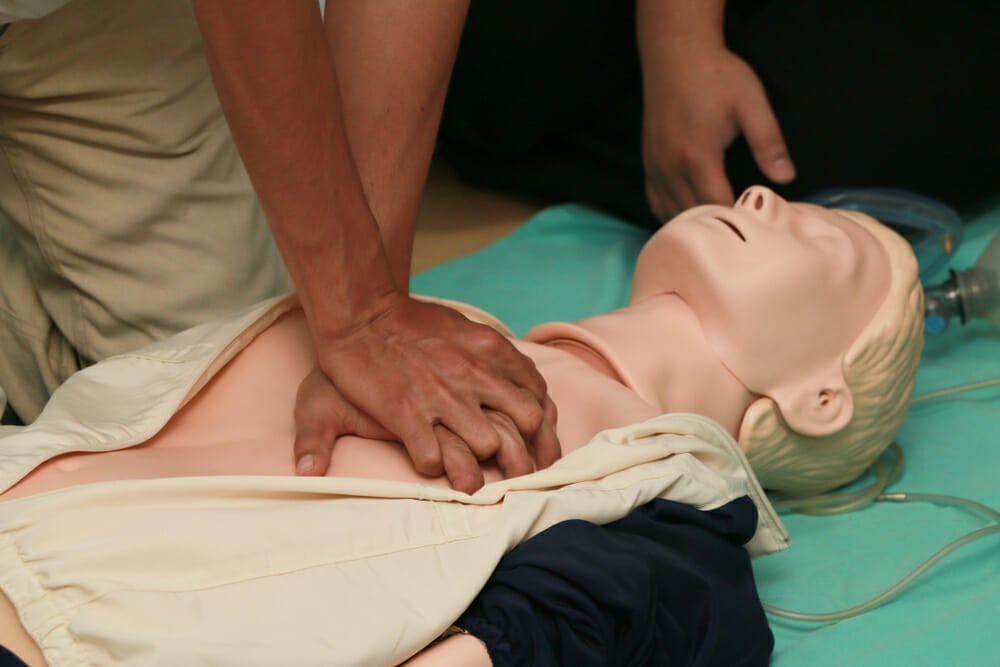
Last Updated On: May 29, 2024
Before you register for CPR first aid online courses, you should have the basic know-how about how CPR works, especially the chest compressions.
Most CPR first aid online classes today put chest compressions before mouth to mouth resuscitation. This is because of the importance of chest compressions in the entire CPR process. Let’s find out in detail how chest compressions save a life.
In order to fully comprehend the mechanism of blood flow through chest compressions, it is important to know how various types of blood vessels in the bodywork. There are three basic types of blood vessels in our body — capillaries, veins, and arteries.
When the chest is pressed two inches deep during chest compression in CPR, it squeezes the blood out of the person’s tissues. This blood can enter both the arteries and veins. However, when it enters the veins it cannot go back due to the valves. With repeated compressions, enough pressure develops to carry the bloodstream to the heart which again has valves. Thus, blood from the heart can come back to the heart only after it has supplied oxygen to all the body and comes back through the vein following the same previous route.
Between every two compressions, the chest is allowed to recoil i.e. raise again to its original position. This recoiling is important because if only the squeezing part is done, the heart will not be able to suck up the blood. As the squeezed tissues are released they soak up some blood and the same goes for the heart’s tissues. They soak some blood and that’s how they keep functioning.
If chest compressions are properly performed, they are without any doubt the most important component of the CPR procedure. Even in many cases they alone can save a person’s life because the reserve oxygen in the blood can be supplied easily to the brain through compressions to avoid brain death.
If you are looking to get CPR Certified or Recertified online, check out the American CPR Care Association.